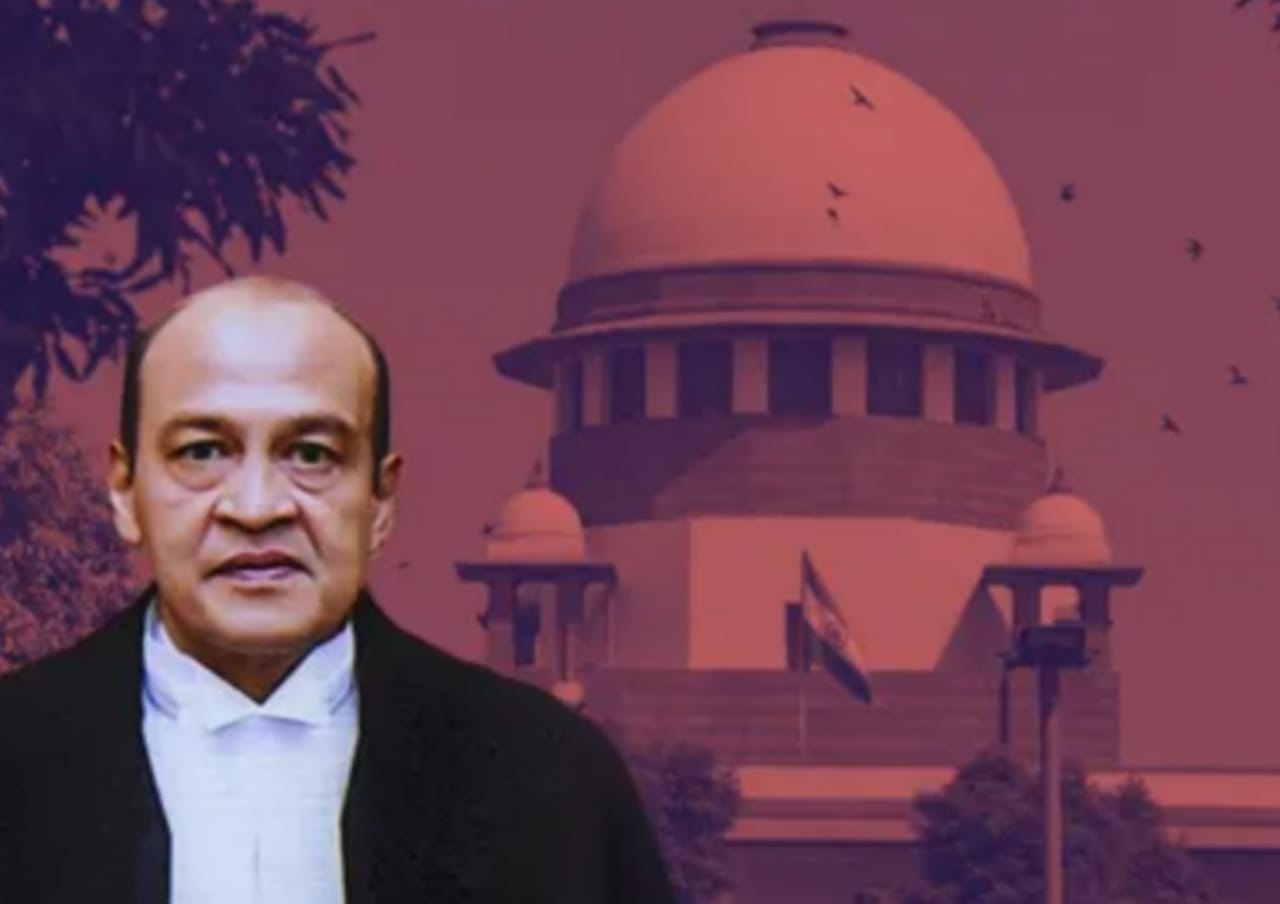
NEW DELHI:
On Friday, 18 July, Justice Yashwant Varma of the Allahabad High Court filed a writ petition in the Supreme Court challenging the findings of a three judge in house inquiry committee appointed by the Chief Justice of India (CJI) Sanjiv Khanna. The committee had concluded that he was guilty of possessing a substantial amount of unaccounted cash in his official residence while serving as a Delhi High Court judge. Justice Varma disputes both the inquiry’s procedural validity and its conclusions.
The controversy arose from a fire at Justice Varma’s official residence at 30 Tughlak Crescent, New Delhi, on 14 March 2025. Firefighters and police discovered large stacks of burnt and partially burnt Indian currency, primarily the discontinued ₹500 denomination, in a storeroom. The incident was described as “shocking” due to the sheer volume of cash involved.
Following the discovery, CJI Khanna on 22 March established a three member inquiry panel comprising Chief Justice Sheel Nagu, Chief Justice G.S. Sandhawalia, and Justice Anu Sivaraman. The committee concluded that Justice Varma or his family had “tacit or active control” of the store room and that some of the cash had been removed in the early hours of 15 March. The panel recommended that proceedings for his removal be initiated.
Justice Varma, transferred to the Allahabad High Court in April, was immediately relieved of judicial duties. He has strongly denied all allegations, asserting in his response to Delhi HC’s Chief Justice:
“I state unequivocally that no cash was ever placed in that storeroom either by me or any of my family members… The very idea or suggestion that this cash was kept or stored by us is totally preposterous.”
Furthermore, he characterised the entire episode as a “conspiracy” intended to tarnish his reputation.
The in‑house committee’s report, dated 3 May, was forwarded by CJI Khanna to both the President of India and the Prime Minister, signalling that the allegations were deemed prima facie credible and warranting possible parliamentary action.
In late May, several petitioners sought a First Information Report (FIR) against Justice Varma. The Supreme Court declined this request, noting that the petitioners should first approach the President and Prime Minister as the matter was already under consideration following the report’s submission. The Court emphasised that, for now, it was for the executive to decide on further action.
Public reaction has been mixed. The Allahabad High Court Bar Association welcomed the initiation of impeachment proceedings, calling it “a victory for the public,” and urged political parties to support the motion. Meanwhile, opposition parties have sought full disclosure of the inquiry report’s contents, mindful of the implications for possible impeachment during the upcoming Monsoon session of Parliament.
With Justice Varma’s petition pending before the Supreme Court, the core issues under scrutiny are the fairness of the in‑house procedure and the validity of its findings. If the Court finds procedural flaws or injustice, it may stay any impeachment motion. Otherwise, Parliament may proceed under Article 124(4) of the Constitution to consider removal proceedings, which require a special majority.
In sum, a judge’s future now hinges on both judicial review of internal processes and the political will in Parliament. The Supreme Court’s decision on the writ petition will likely shape the standards for in‑house inquiries and judicial accountability in India.